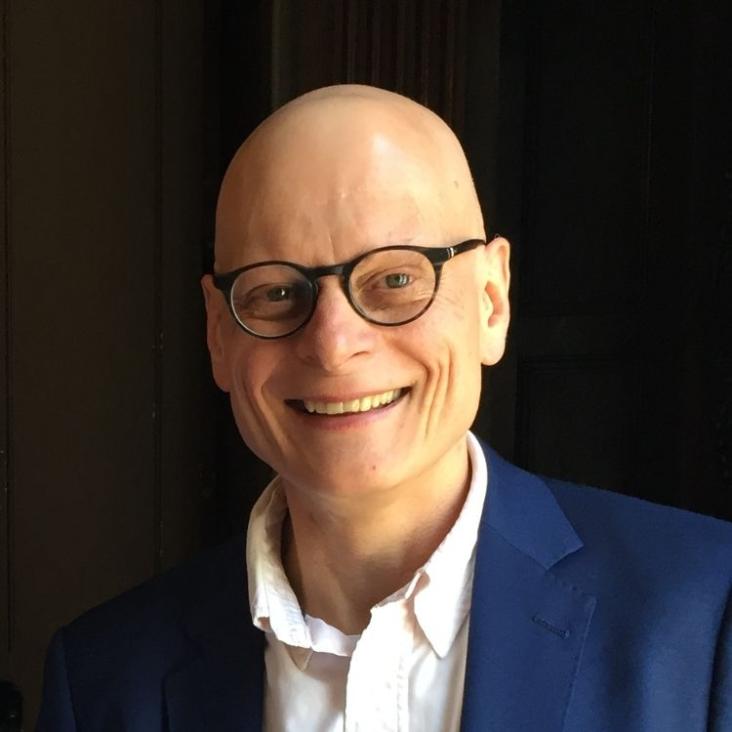Comparing phonon dephasing lifetimes in diamond using Transient Coherent Ultrafast Phonon Spectroscopy
Diamond and Related Materials 19:10 (2010) 1289-1295
Abstract:
Transient Coherent Ultrafast Phonon Spectroscopy (TCUPS) is utilized to study phonon dephasing lifetimes in various diamond types. Samples of natural, chemical vapour deposited, and high pressure high temperature diamond are compared showing significant differences. Dephasing mechanisms are discussed. © 2010 Elsevier B.V. All rights reserved.Quantum memory in an optical lattice
Physical Review A - Atomic, Molecular, and Optical Physics 82:2 (2010)
Abstract:
Arrays of atoms trapped in optical lattices are appealing as storage media for photons, since motional dephasing of the atoms is eliminated. The regular lattice is also associated with band structure in the dispersion experienced by incident photons. Here we study the influence of this band structure on the efficiency of quantum memories based on electromagnetically induced transparency (EIT) and on Raman absorption. We observe a number of interesting effects, such as both reduced and superluminal group velocities, enhanced atom-photon coupling, and anomalous transmission. These effects are ultimately deleterious to the memory efficiency, but they are easily avoided by tuning the optical fields away from the band edges. © 2010 The American Physical Society.Resolution of the relative phase ambiguity in spectral shearing interferometry of ultrashort pulses.
Opt Lett 35:12 (2010) 1971-1973
Abstract:
We show that multiple-shear spectral shearing interferometry can overcome the relative phase ambiguity of disjoint spectral components that is present in single-shear approaches. By upconverting the unknown pulse with spatially chirped ancillae, we achieve a shear-to-space mapping that can be acquired on an imaging spectrometer. A subset of this continuous range of shears can be chosen for robust and accurate phase retrieval using a multiple-shear algorithm.Amplification of impulsively excited molecular rotational coherence.
Phys Rev Lett 104:19 (2010) 193902
Abstract:
We propose a scheme for preparation of high-coherence molecular dynamics which are phase stable with respect to ultrashort pulses. We experimentally demonstrate an example of this scheme using a phase-independent, nanosecond-duration, pump pulse to prepare a rotational coherence in molecular hydrogen. This rotational coherence is made phase stable with respect to a separate source of ultrashort pulses by seeding. The coherence is used to generate spectral broadening of femtosecond probe radiation by molecular phase modulation.Optimal experiment design for quantum state tomography: Fair, precise, and minimal tomography
Physical Review A - Atomic, Molecular, and Optical Physics 81:4 (2010)


